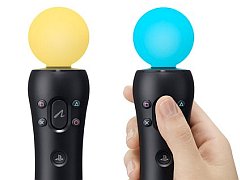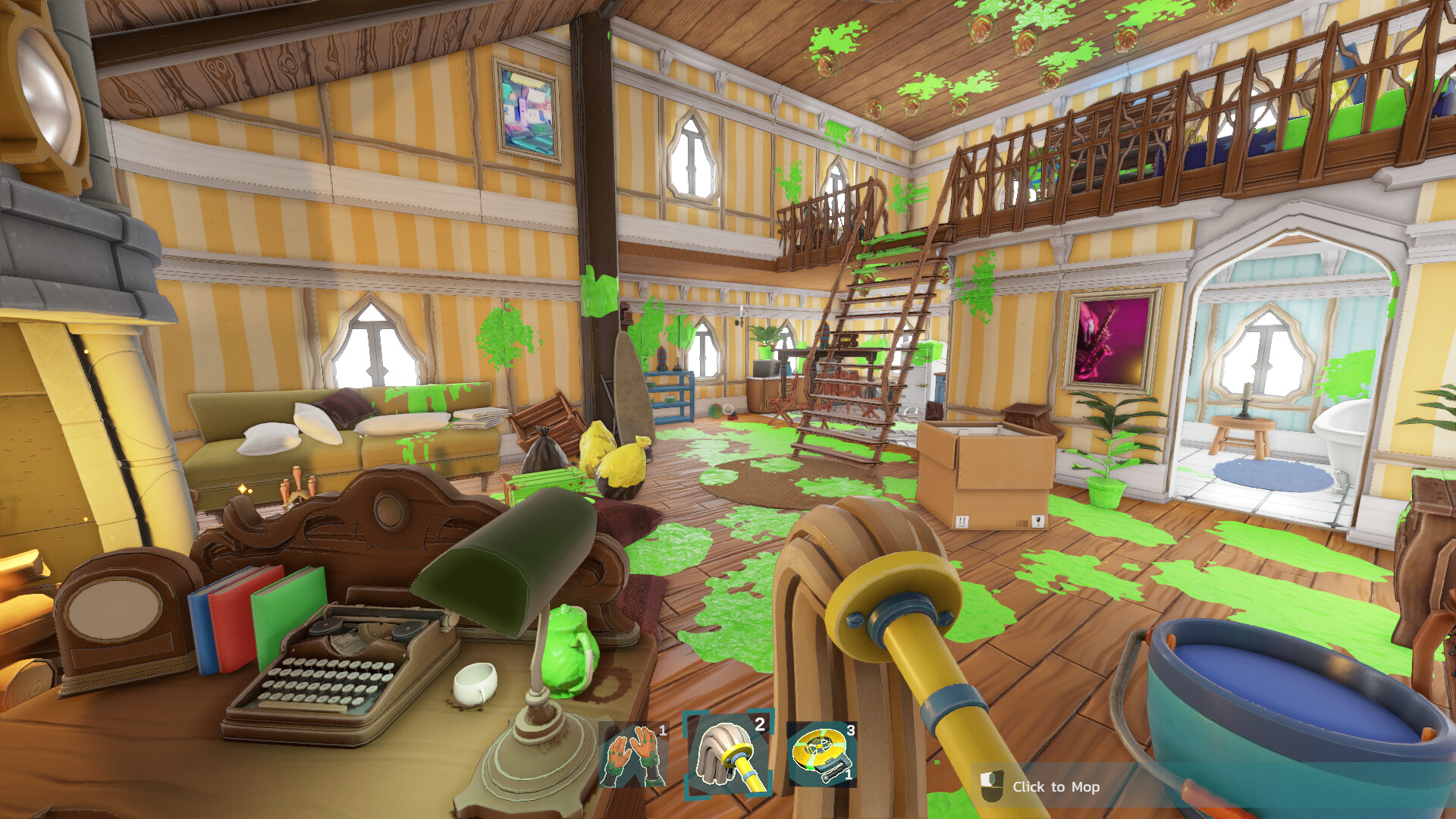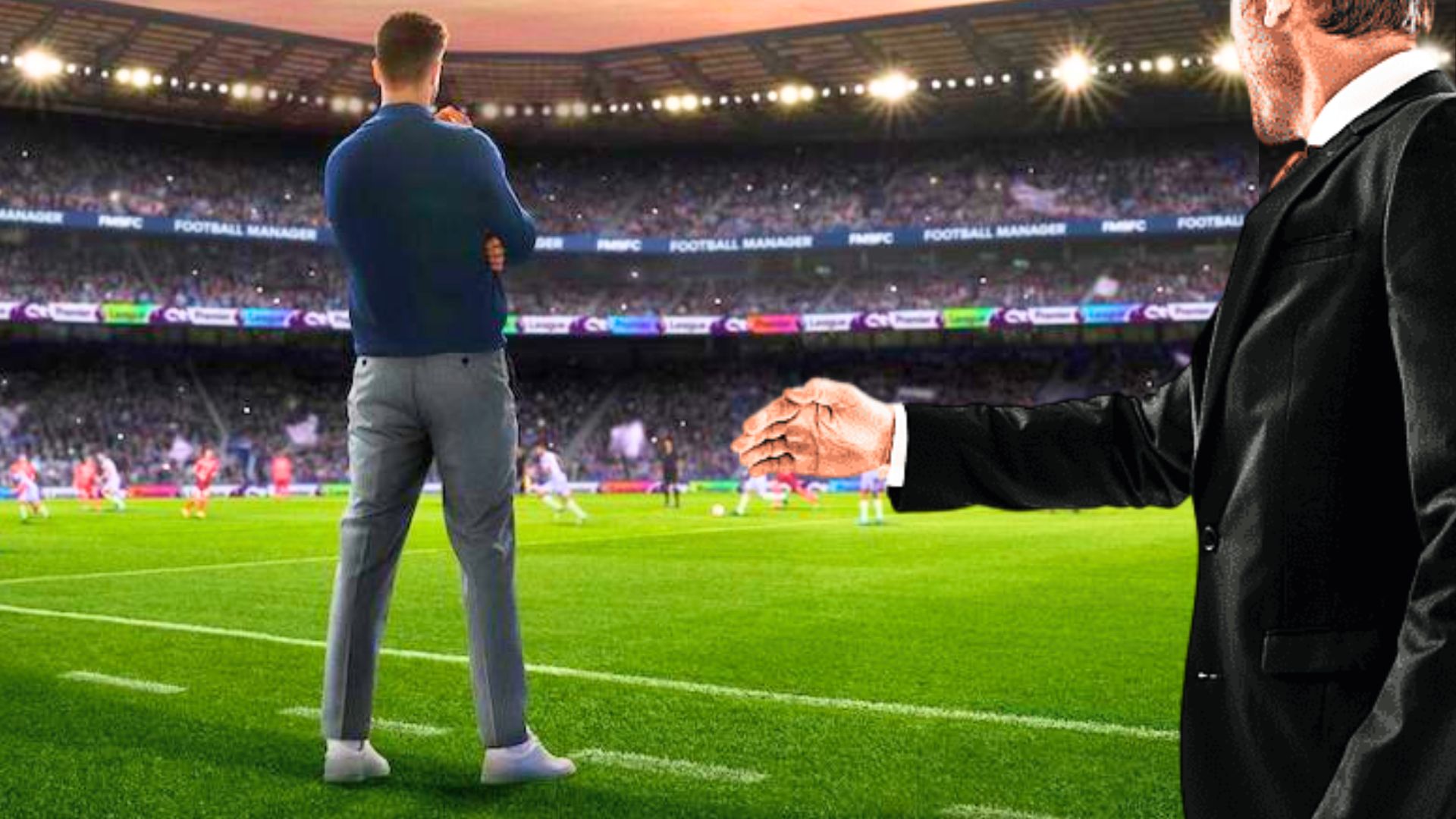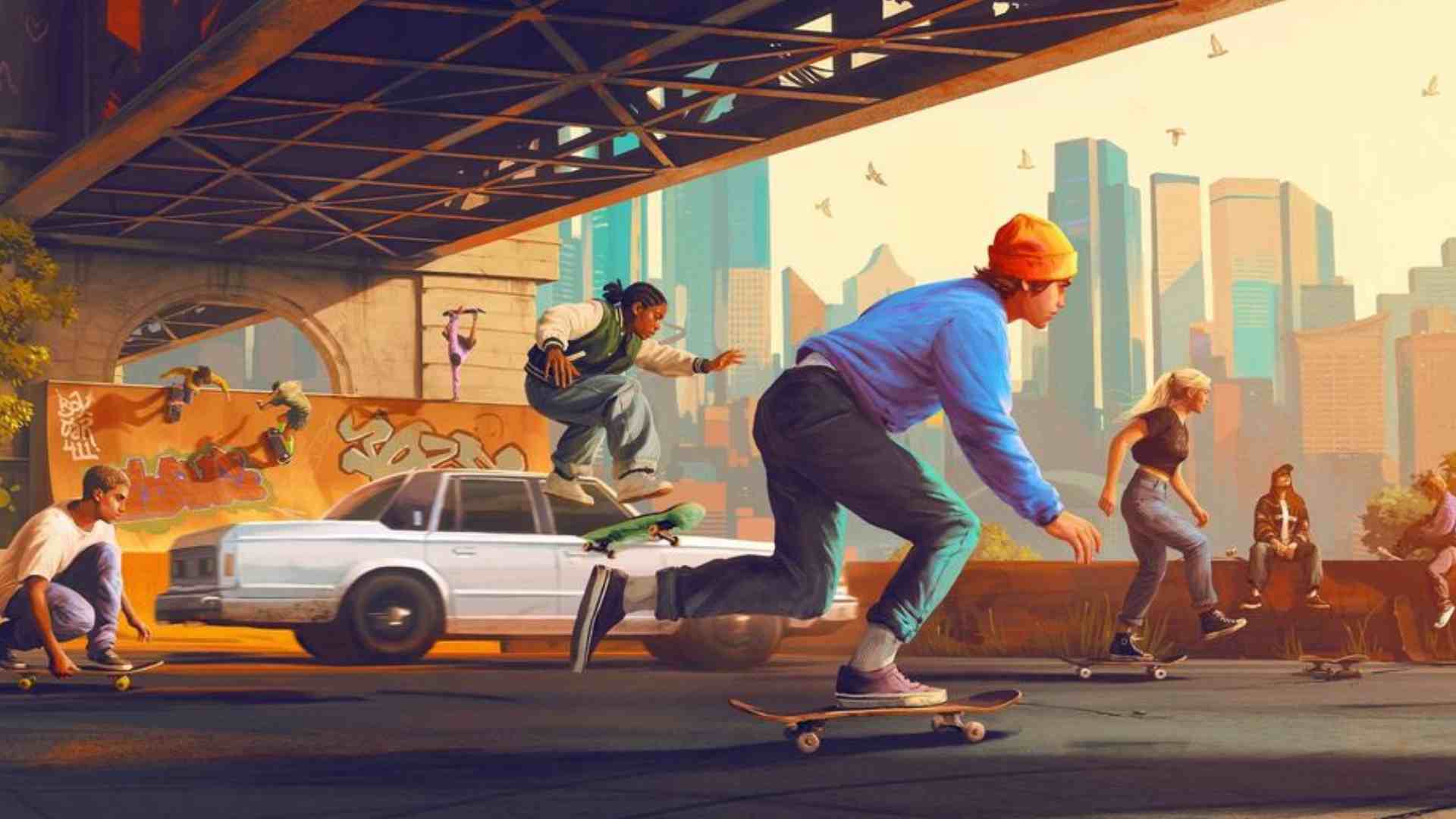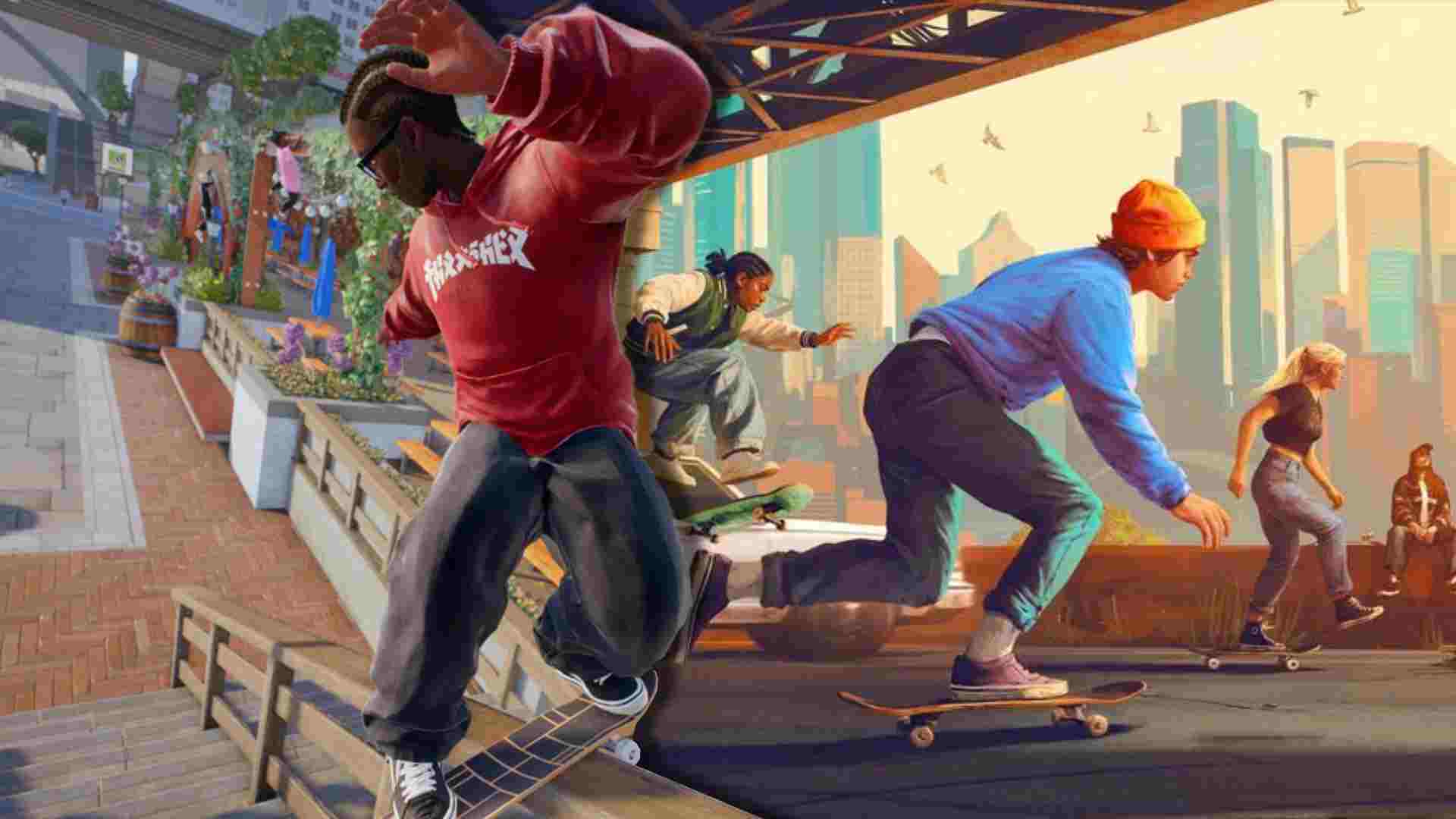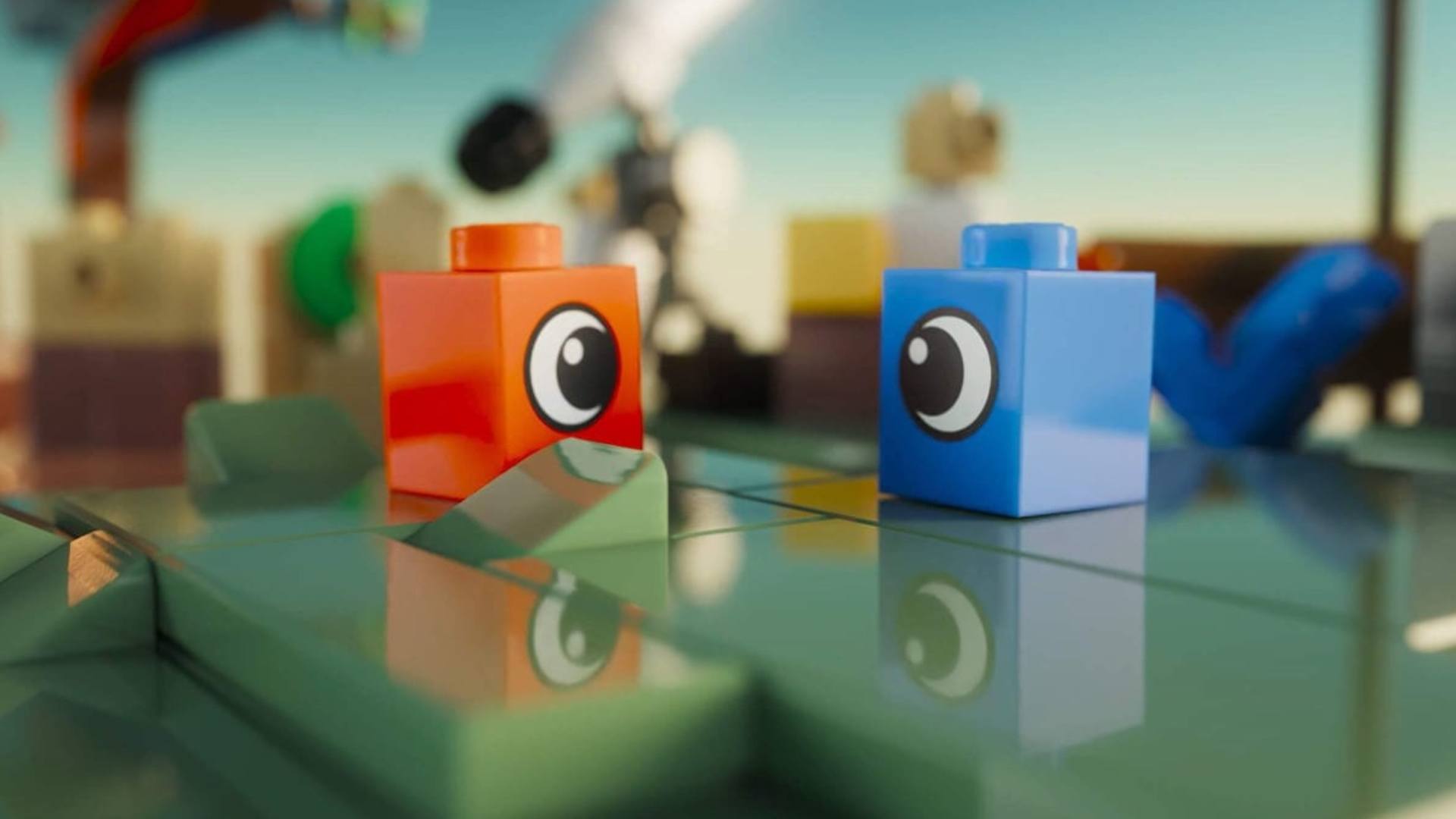You can trust VideoGamer. Our team of gaming experts spend hours testing and reviewing the latest games, to ensure you're reading the most comprehensive guide possible. Rest assured, all imagery and advice is unique and original. Check out how we test and review games here
Last week Sony allowed us to get our first hands-on with the highly-anticipated PlayStation Move control system, as well as six of the games that have been announced for the platform so far.
A Quick Recap
/https://oimg.videogamer.com/images/dfdd/psmovefeature.jpg)
PlayStation Move is Sony’s new motion controller for the PS3, due to be launched at some point towards the end of the year. To a certain extent it’s a direct rival to Microsoft’s Project Natal, but there’s a key difference between the two products: where Natal dispenses with a physical controller altogether, Move uses a wand-shaped peripheral with a large globe-like section at one end. This sphere lights up during play, allowing the controller’s movements to be tracked by the PlayStation Eye camera, which sits on top of your TV. Due to this arrangement and the sensors inside the device, the PS3 is able to determine the wand’s exact movements in a 360 degree radius.
A large action button is located at the upper end of the Motion Controller, just where your thumb sits naturally, and this is surrounded by miniature versions of the four PlayStation “shape” buttons. On the underside of the controller there’s also a rather chunky trigger.
In addition to the Motion Controller, some Move games also involve the use of the Navigation Controller – a small handheld device with a single thumbstick, in a similar arrangement to Nintendo’s Nunchuck. However, unlike the Wii’s control setup, the two devices communicate wirelessly. Compared to the standard Sixaxis, both controllers feel solid and weighty in your hand. Still, let’s hope that Sony comes up with a snappier name than “the Navigation Controller”; for now I’ll refer to the smaller device as the NavCon.
SOCOM 4
/https://oimg.videogamer.com/images/176e/movesocom4.jpg)
Let’s make one thing clear: as far as serious gamers are concerned, SOCOM 4 is the most important PlayStation Move title that Sony has revealed to date. Rather than being a planned Move release from day one, Zipper Interactive implemented support for the new technology at a point when development was already underway. In other words, it’s a “normal” third-person shooter that’s been adapted to work with the new control scheme. If any game is going to dispel the notion that Move is merely a gimmick aimed squarely at the casual market, it’ll be SOCOM – but only if it works, of course.
On first impressions, the signs are very promising. You steer your Navy SEAL around with the NavCon thumbstick, while aiming and shooting with the Motion Controller. In short, SOCOM uses the same control setup that we’ve seen in dozens of third-person shooters on the Wii. However, unlike most Wii shooters, aiming feels very precise at all times – I was able to pull off headshots with relative ease. When you move your reticule towards the edge of the screen the camera starts to pan, but the game seemed to be quite smart about when it did this. Overall, moving and shooting felt very natural and responsive; it’s not unthinkable that eventually a setup like this could offer a level of control parallel that you get with a mouse and keyboard. It’s certainly a significant improvement from anything on the Wii, at any rate.
Furthermore, as was to be expected, SOCOM 4 is a lot more detailed than the average Wii shooter. The build I played was still in the very early stages of development but already the graphics are looking pretty decent, with touches like destructible cover and proper in-game physics adding to the fun. In addition to shooting, I also briefly tried my hand at ordering in airstrikes and bossing my team members around with commands, and both of these mechanics seemed to make smart, refined use of the motion controls: simply bring up the command menu, aim where you want your chaps/munitions to go, and then fire off the order.
Move Party
/https://oimg.videogamer.com/images/4e98/moveparty.jpg)
As the name suggests, Move Party is a mini-games compilation that has been designed with group play in mind. Each player has their photo taken and records their name, then sets about competing in a number of simple challenges that show off the precision and spatial awareness of the Motion Controller. One game turns the Motion Controller into a set of hair clippers and asks you to shave people’s hair into a particular style; another encourages you to swiftly “paint” within the boundaries of a pre-determined shape. In each case you’re basically watching a live feed of yourself with graphics daubed over the top, but it’s impressive to see how the movements of the virtual “paintbrush” closely match those of the Motion Controller in your hand.
While this may not sound massively exciting, the games themselves work well as a showcase for Move’s basic abilities. The balloon-popping game, for instance, requires a bit of skilful aiming, including stabs that go “in” to the screen, and there’s no trace of the haphazard feeling that so often blights the likes of, say, You’re In The Movies. When you manage to guide a falling chick into its nest, using the Motion Controller as a battery-powered fan, there’s no doubt that you’ve succeeded as a direct result of your own skill. It remains to be seen whether the final product will simply feel like a collection of tech demos, but it’ll probably be good fun when played with a big group of mates.
TV Superstars
/https://oimg.videogamer.com/images/545e/movetvstars.jpg)
Like Move Party, this is a collection of mini-games – but this time there’s a unifying theme. The basic idea is that you and your friends are wannabe celebs, clawing your way to fame through several reality shows. TV Superstars takes a more stylised approach to the action, plastering your face onto a cartoon avatar. Before play begins, you have to pose for three snapshots – one normal, one happy, one sad – and these stills are then mapped onto your character, depending on how well you’re doing in a given game.
Two games were on display at last week’s preview event: “Frockstars” is a gaudy fashion show where players must strut down a catwalk and pose by following the sweeping gestures that appear on screen; it’s very reminiscent of the recent Wii hit Let’s Dance – although thankfully it seems a lot more responsive. I found that there was more fun to be had with “Let’s Get Physical” – an over the top gameshow in the style of Takeshi’s Castle, only more Westernised and (slightly) less bonkers. The highlight here is a section where you have to fire yourself out of a cannon and then fly through a paper target while matching a specific stance: the Motion Controller itself is used for changing the angle of your body mid-air, while the trigger button crunches or stretches your legs.
The games here seem a bit more varied and colourful than those in Move Party, and there’s a wry sense of humour running through everything – from the camp-as-Christmas presenter, to the slapdash makeup sessions that can leave your character looking like they’ve been mugged by a Crayola set. Between rounds you’ll have to sit through fake adverts starring whoever’s currently in the lead (and therefore the most famous), which should lead to some pleasantly embarrassing moments.
Sports Champions
/https://oimg.videogamer.com/images/ac1f/movesports.jpg)
Is Sports Champions the PlayStation’s own version of Wii Sports? Comparisons will be inevitable, but for now it’s fair to say that this compendium is shaping up fairly well in its own right. Champions’ version of Table Tennis may not be quite as charming as its Sports Resort equivalent, but it’s certainly very technically proficient. In theory, the fact that you’ve got 360 degree control of your paddle means that there’s plenty of scope for slice shots and so on; in practice I struggled to properly get to grips with these techniques. Then again, I’m rubbish at the real-life sport, so perhaps it’s just a great simulation. Other people seemed to fair far better at the show-off moves, and the collision detection (or simulated collision detection) seems spot on.
Gladiator Duel, meanwhile, seems like a major step up from Sports Resorts’ fun-but-limited fencing games. It’s more or less a slower-paced one-on-one fighting game, with a perspective that sits just above and behind a transparent outline of your brawler. You use two Motion Controllers to play: the controller in your left hand acts as a shield, while the one in your right becomes your primary weapon – in the demo, I was using a large hammer. Both tools seemed to match my hand movements very closely, allowing me to block incoming attacks before following up with large, angled swipes. The damage you do is directly linked to the speed at which you swing, and there’s a surprisingly large amount of tactical depth on offer too: you flank your opponent by hopping sideways, parry their blows with your weapon, and use leaping attacks while your foe is stunned. There’s also a special move that can only be used once you’ve filled a gauge at the bottom of the screen. It’s hardly SoulCalibur in terms of its technical complexity, but it seems like a pretty satisfying experience nonetheless.
The Shoot
/https://oimg.videogamer.com/images/feba/moveshoot.jpg)
The Shoot is an on-rails shooter (surprise surprise) themed around the production of several B-movies. The stage on display last week featured robots attacking a subway station, but other levels will find you battling through a Western and other Hollywood staples. Aside from the fact that your enemies are drawn to look like cheap wooden cut-outs, there’s really not an awful lot of fresh thinking going on here. Given that decent on-rails efforts like Dead Space Extraction are struggling to find an audience, it’s hard to think of why anyone would get too excited about an outing as basic as this. That might sound a bit harsh, but compared to the other games on display last week, The Shoot really didn’t seem to do much with Move’s capabilities. It feels very much like a carnival game, only with gesture-triggered special moves – including one that forces you to spin around in a circle. That says it all, really.
EyePet
/https://oimg.videogamer.com/images/a8aa/moveeyepet.jpg)
Finally, we have our old friend the EyePet. We were quite impressed with the original version of Sony’s virtual furry-Mogwai-thing, and to a large extent this appears to be exactly the same game, only with the Motion Controller replacing last year’s magic card. There will be a couple of new toys, apparently – but these weren’t on display at the preview event. The addition of 360 degree sensitivity means that it’s now possible to wash and groom your pet at any angle, and you can also use the Motion Controller to draw the cars and planes that spring to life. You can also still use the old method, which involves holding your real-life drawings up to the camera; given how much fun we had with this, we approve of this decision. Aside from these changes, it seems to be business as usual for Mr Pet. If you or your children already have the old version then there won’t be much incentive to upgrade, but unless something goes badly wrong (digital rabies, perhaps?), this should be a decent kid-friendly release.
